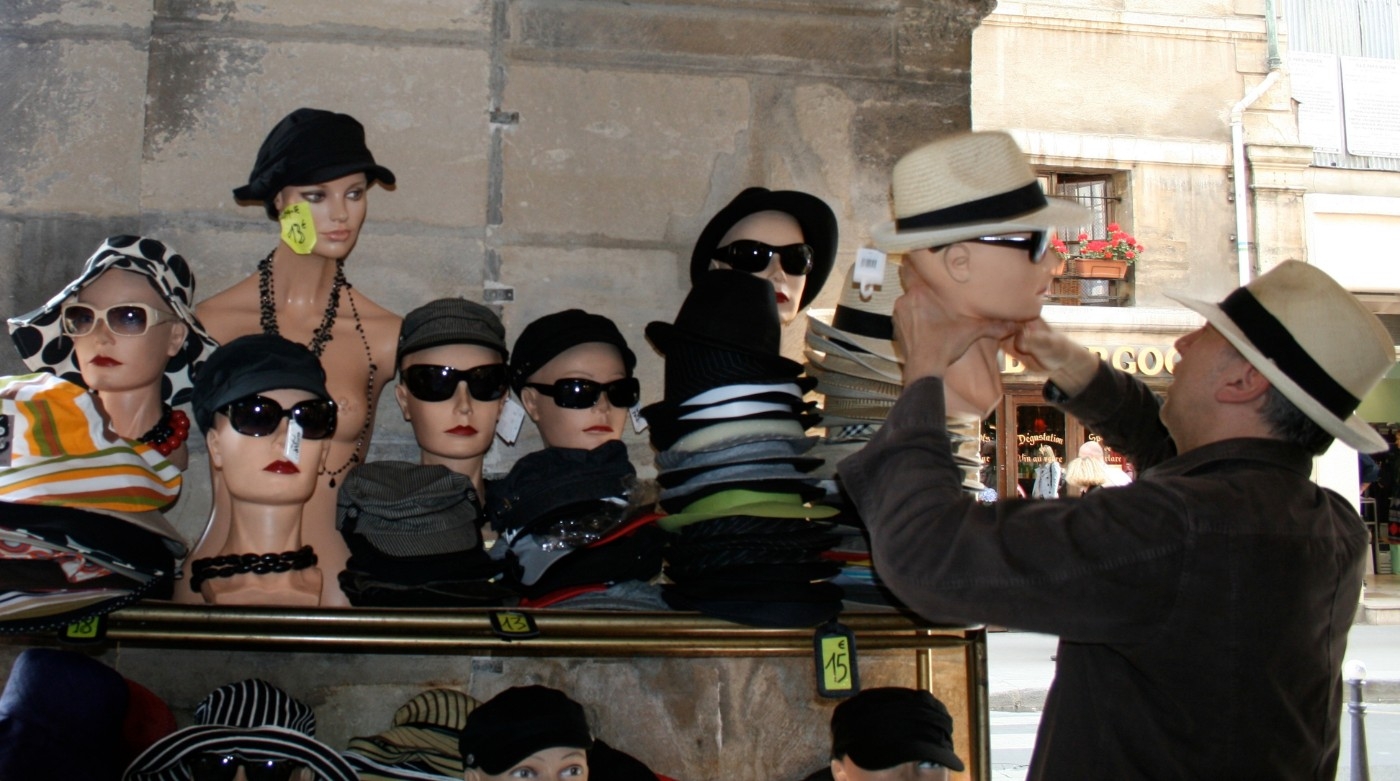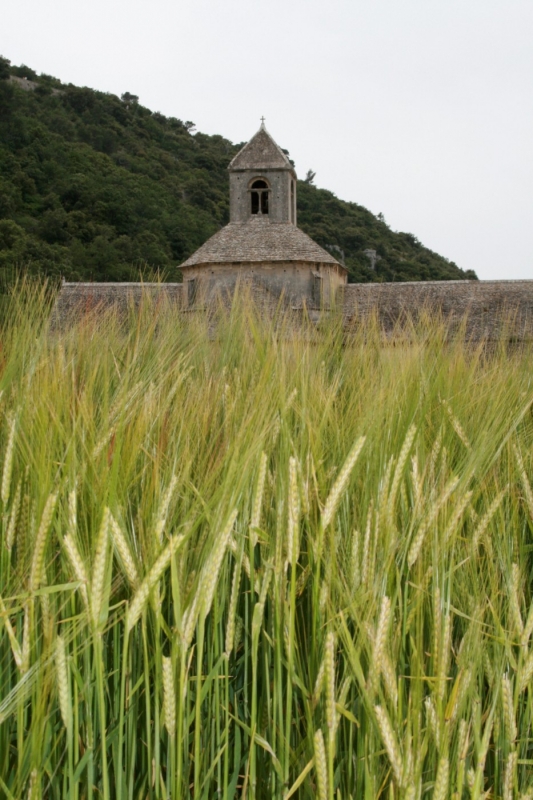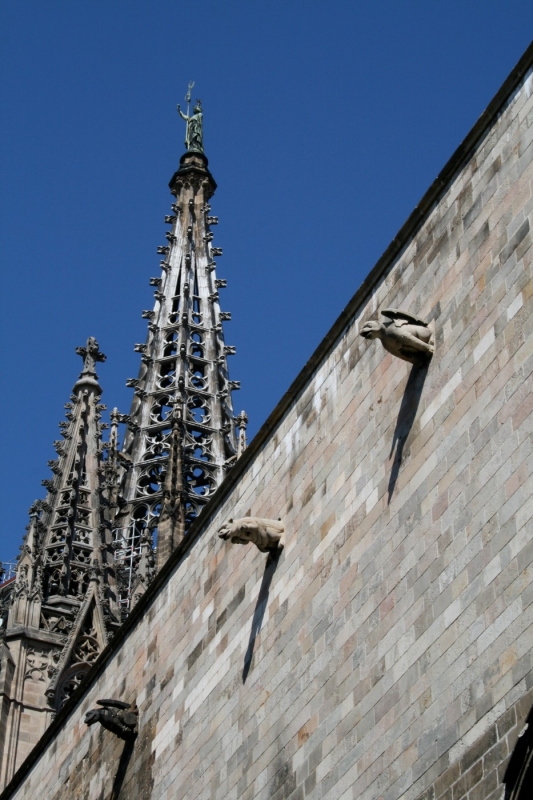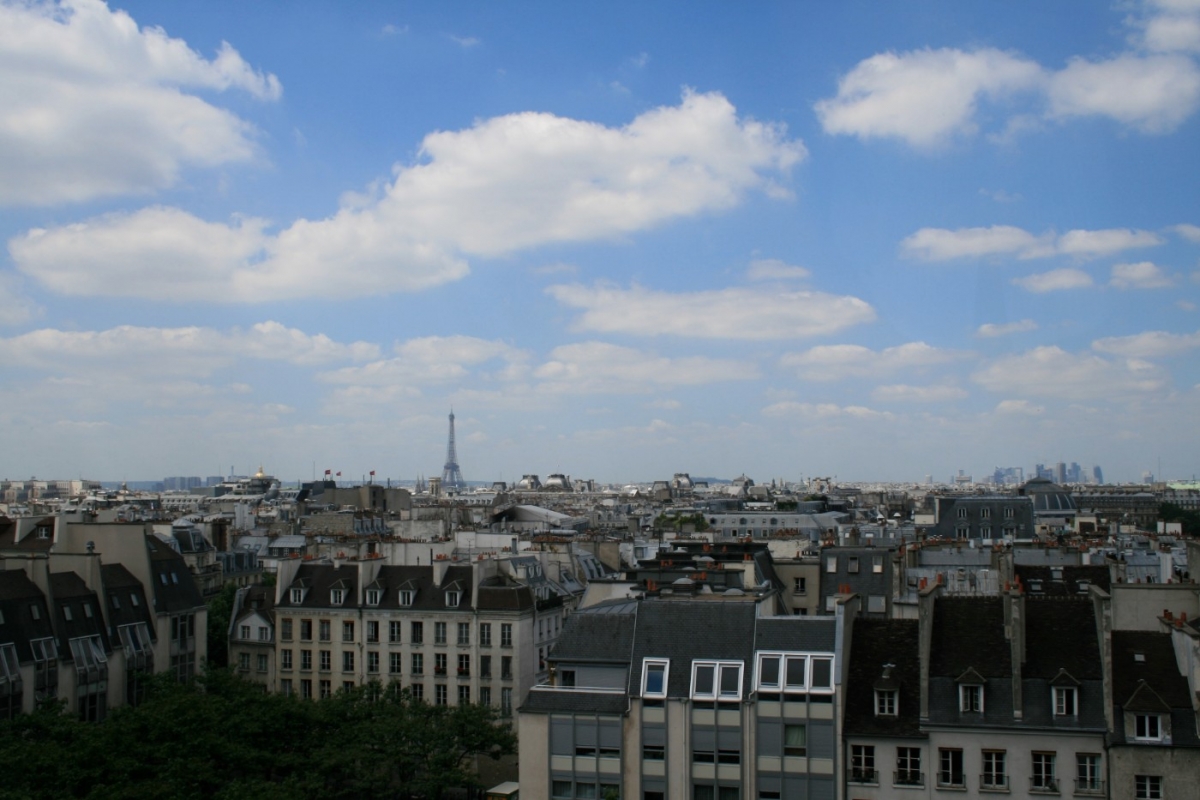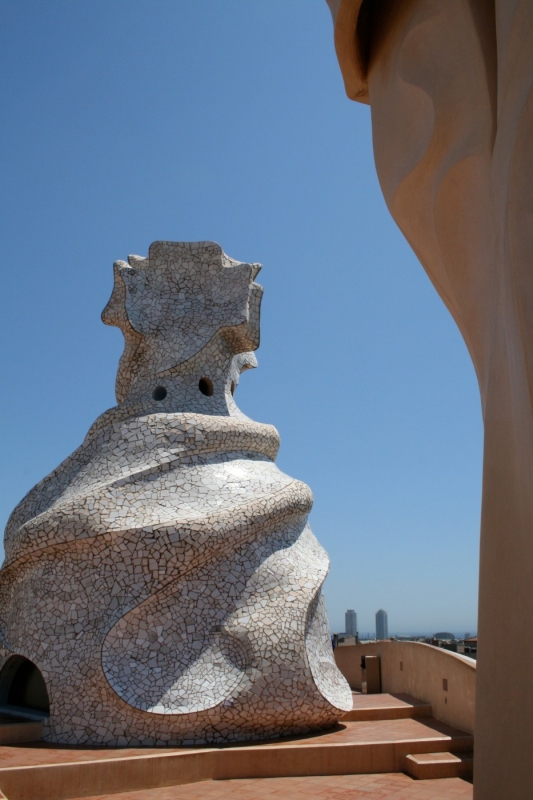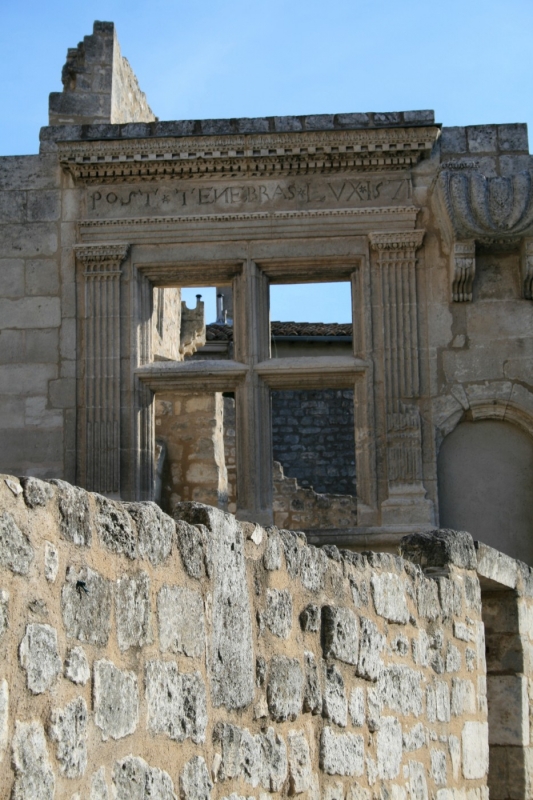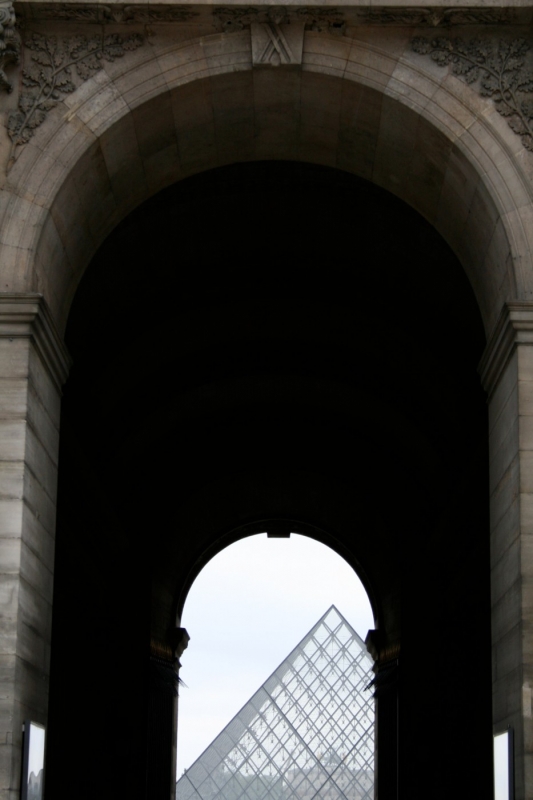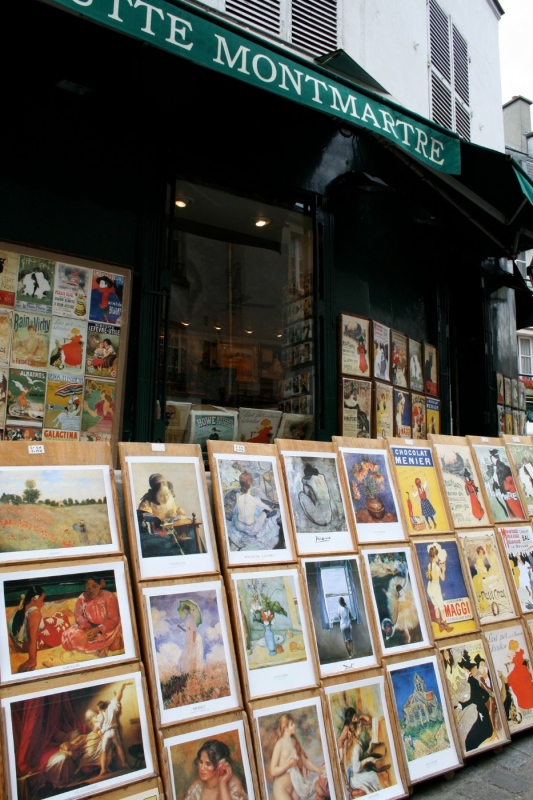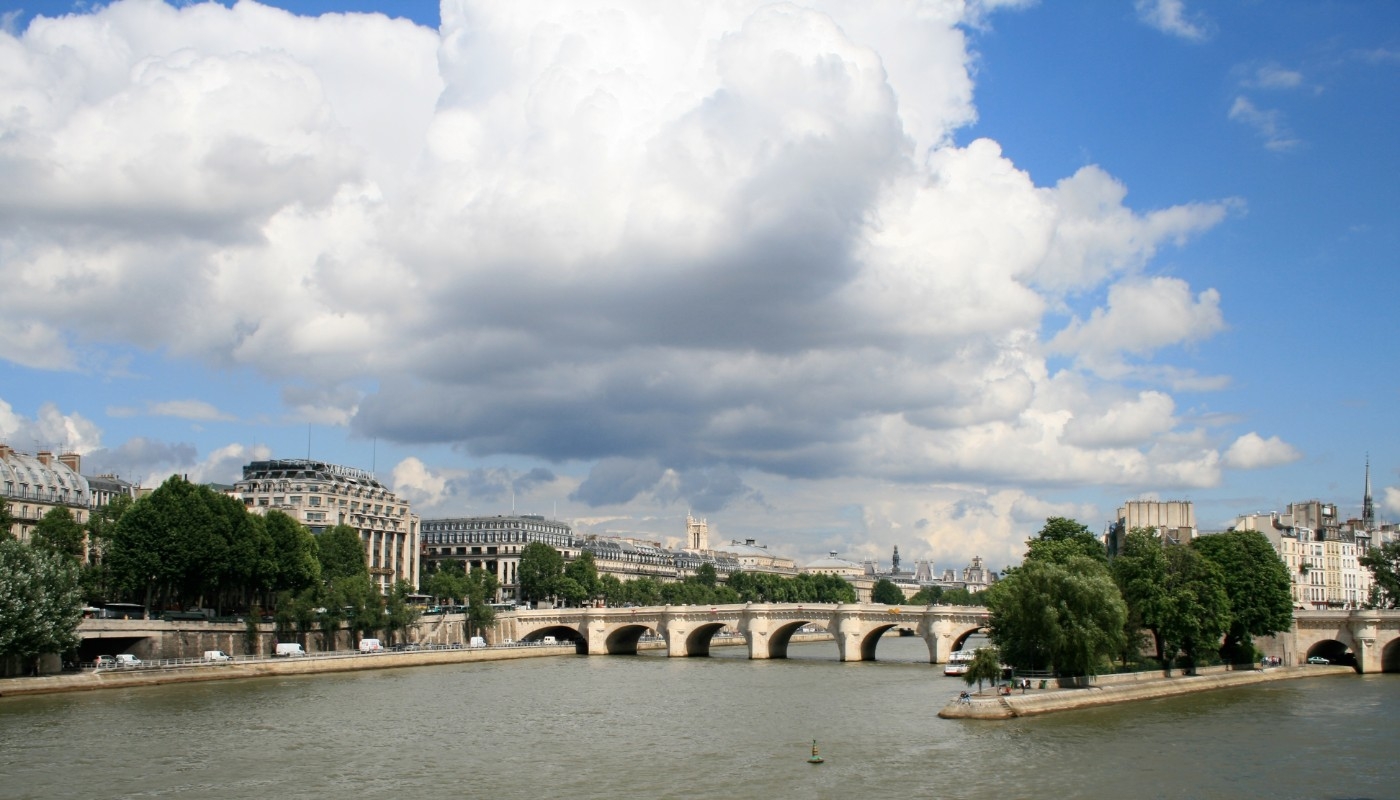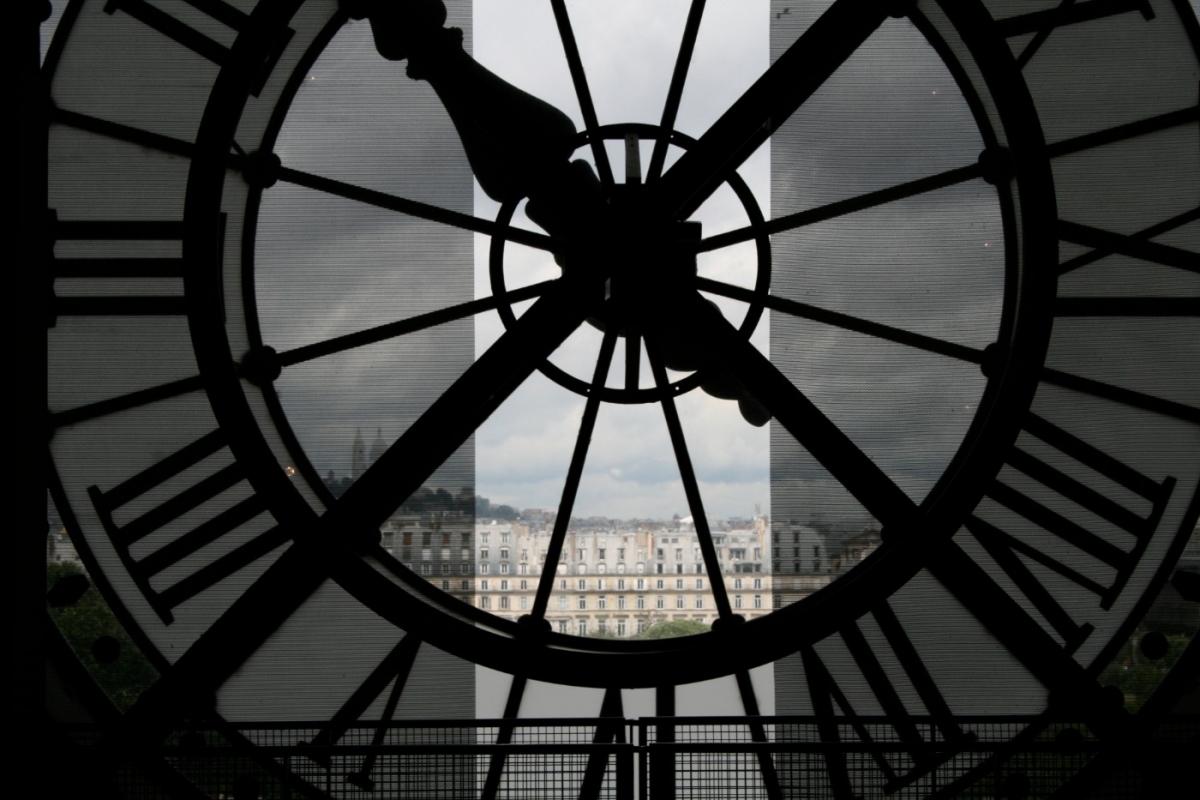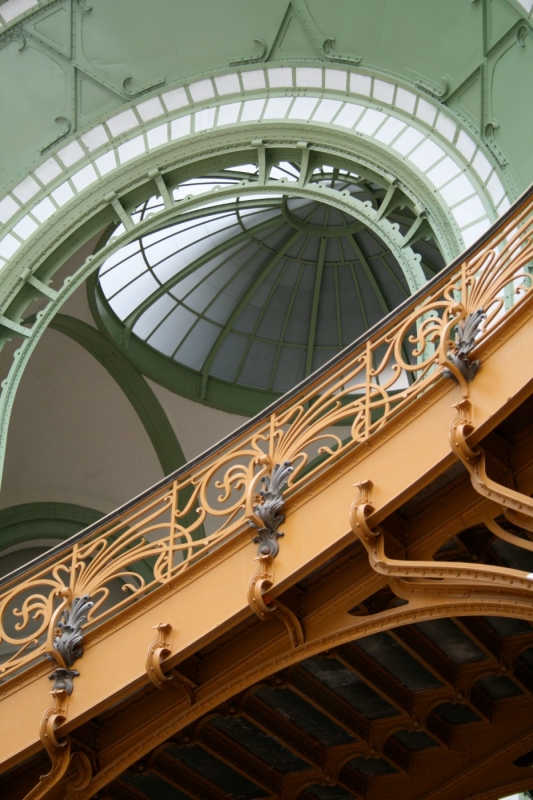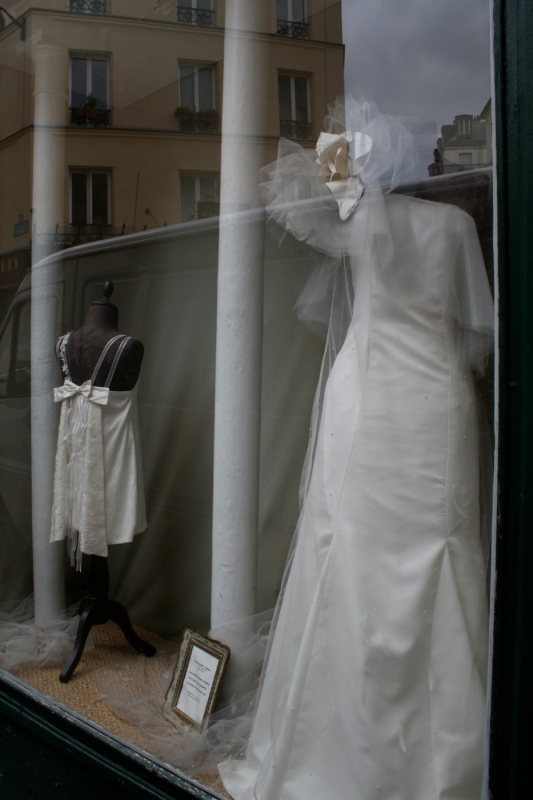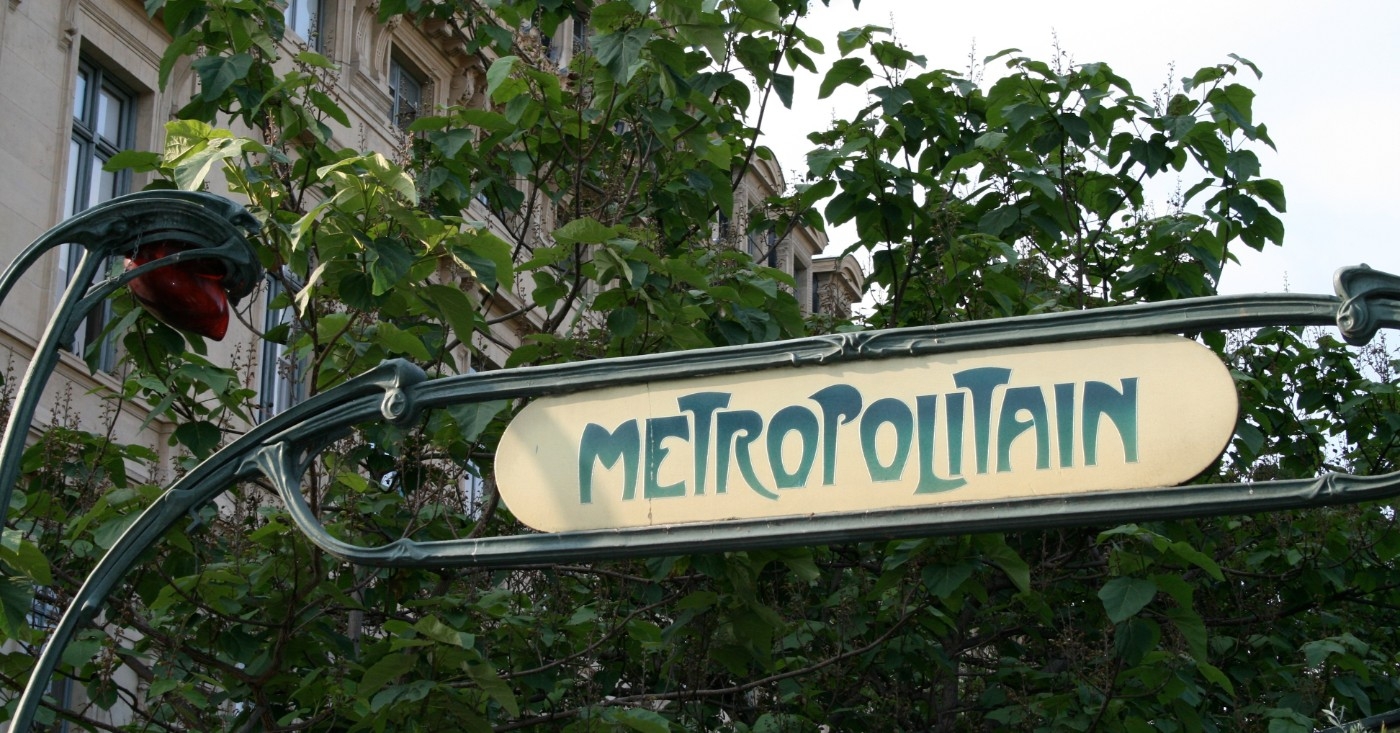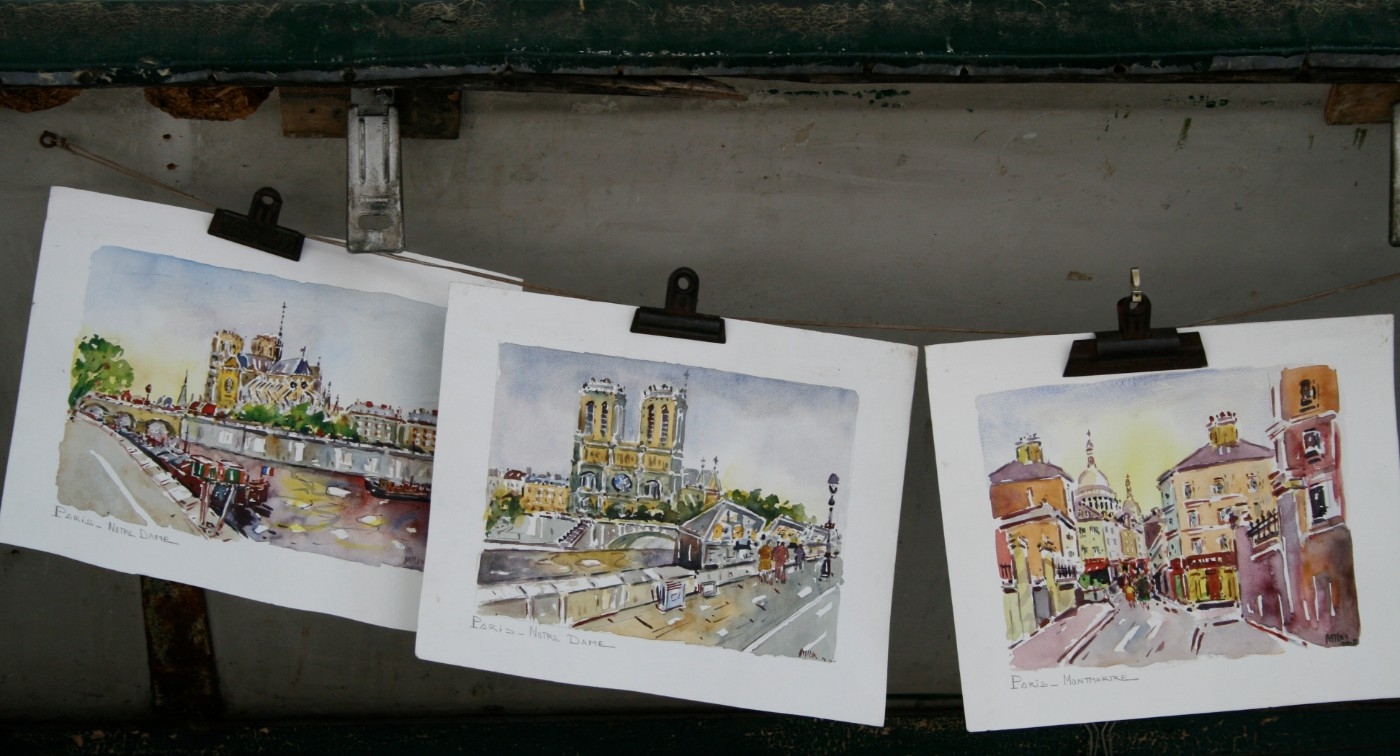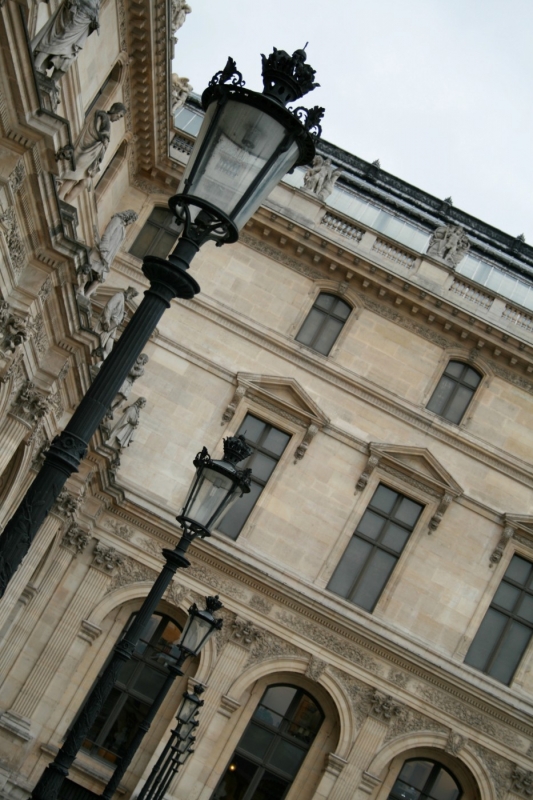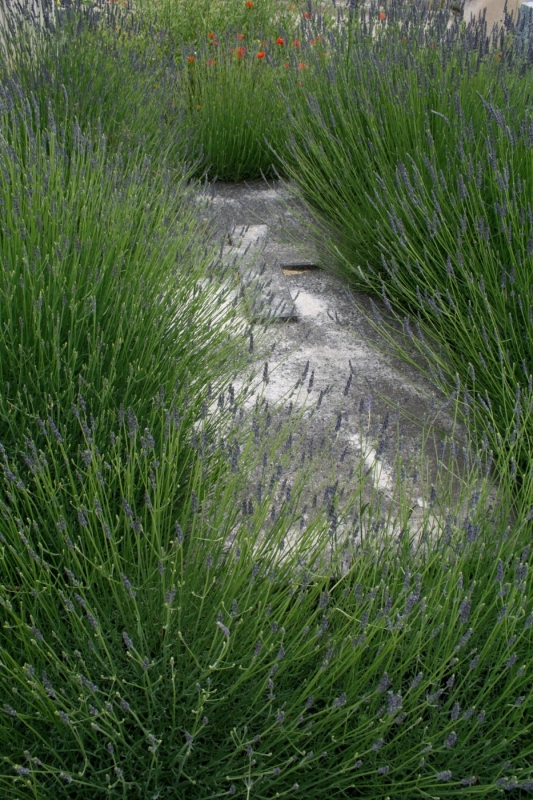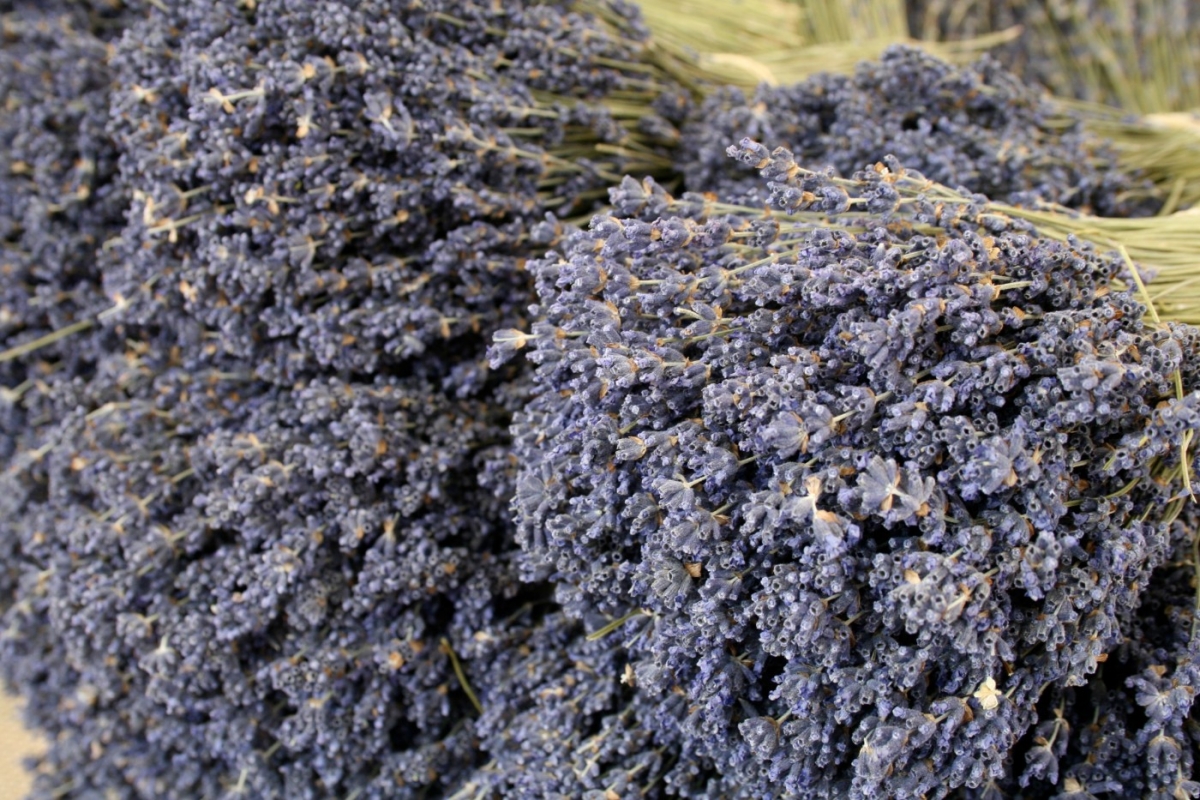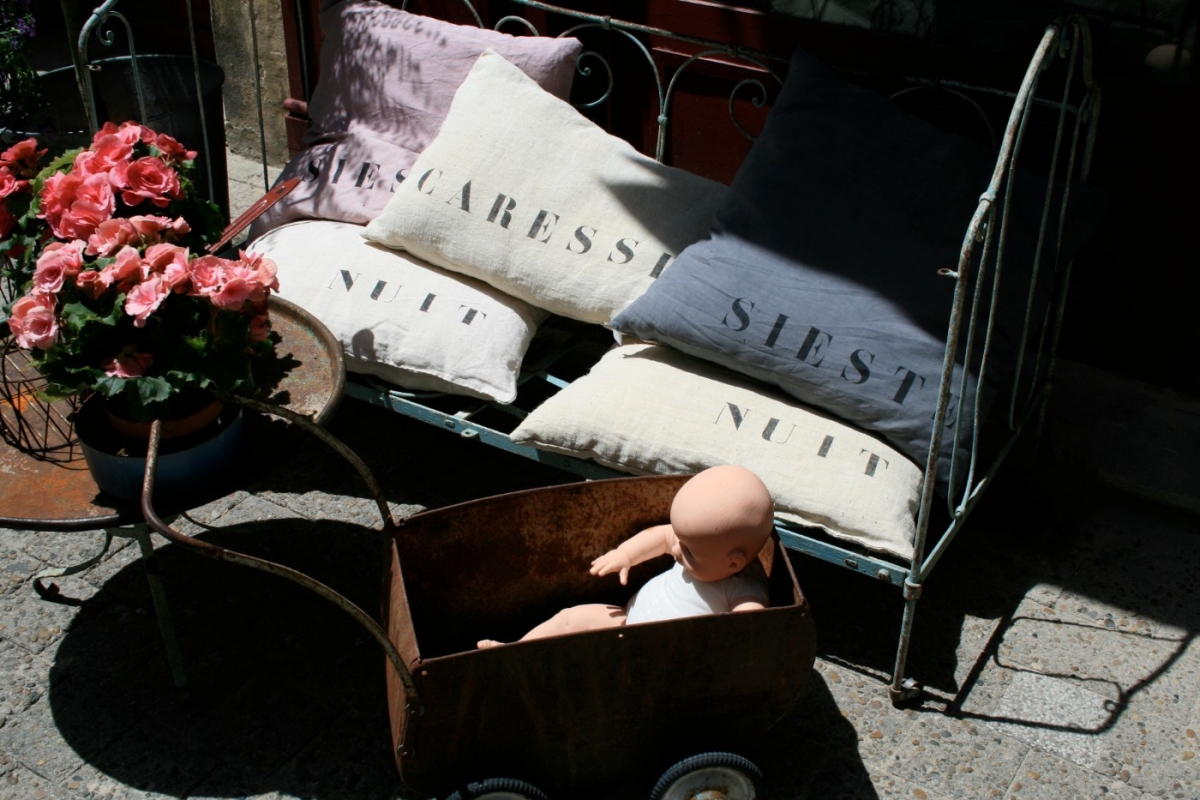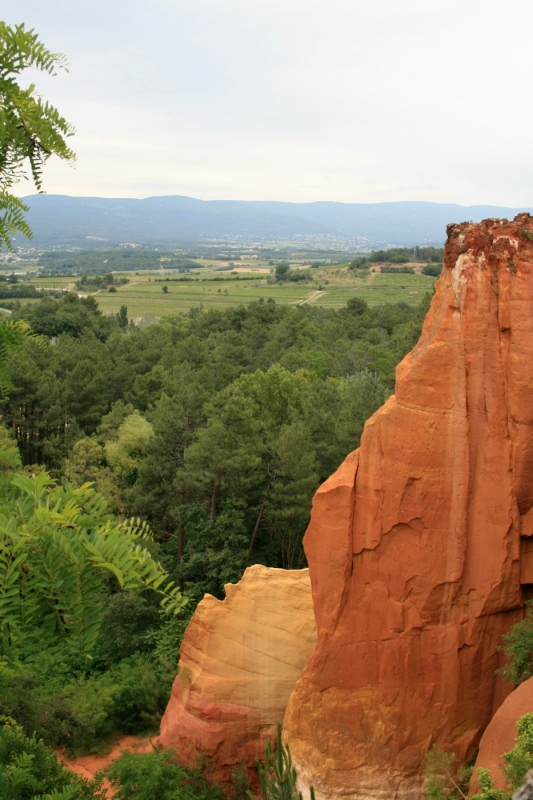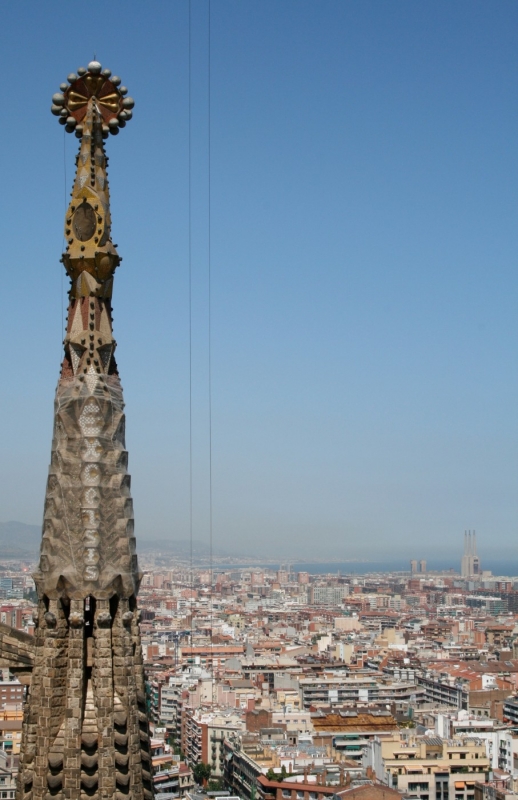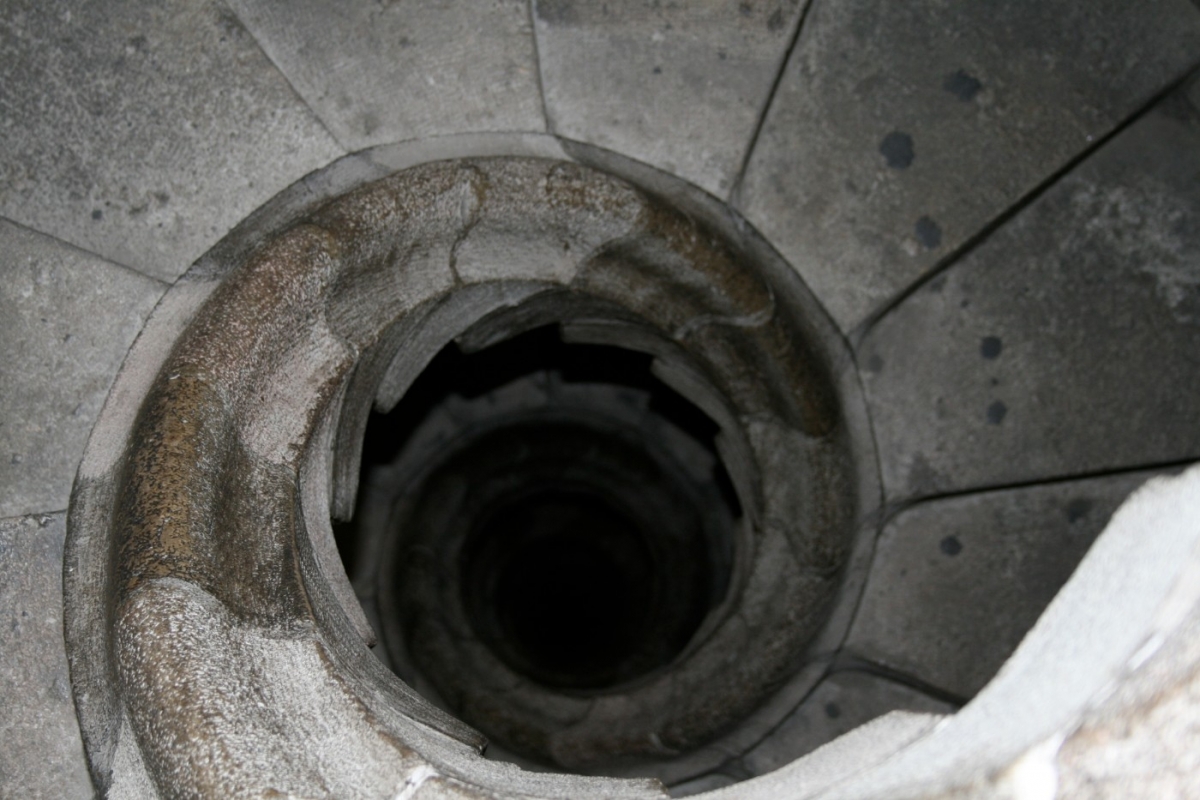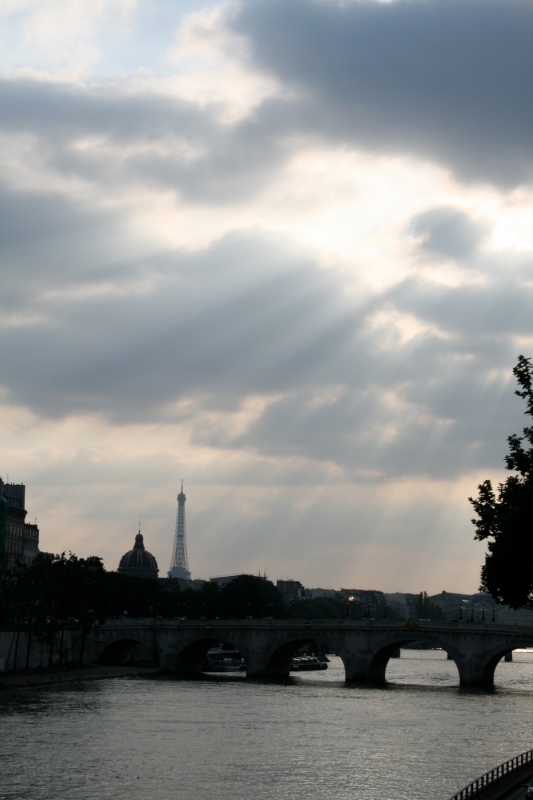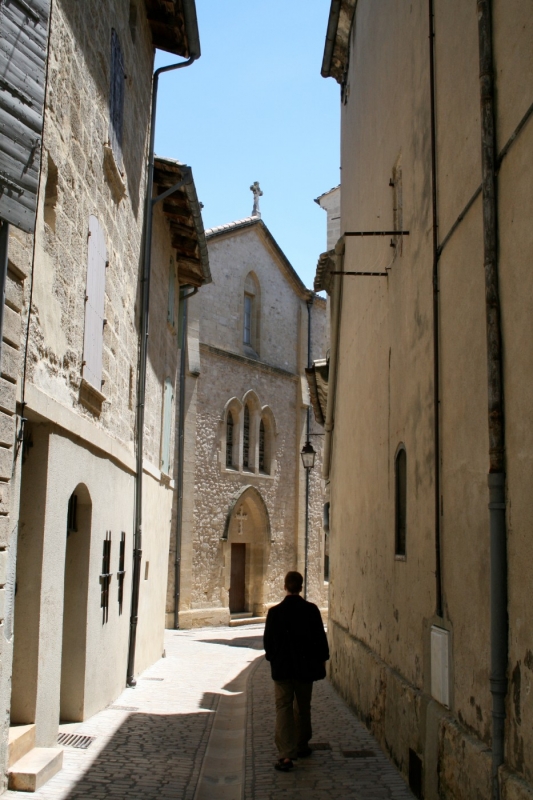∞ Originally published in Vancouver Province and Winnipeg Free Press, March 8, 2009. ∞
Torn between a vacation in Italy and France? Who says you can’t have both? The roots of the Roman Empire run deep throughout southern France, no more so than in rural Provence. With its sunny scrublands, Riviera, vineyards, olive trees and Mediterranean cuisine, parts of Provence could pass for northern Italy. But Francophiles will find Provence also offers the best of la belle France — Sunday markets, sleepy towns where locals play petanque, fields of lavender and salade Nicoise.
Discover the best of both worlds with a week-long driving tour that follows the path of the ancient Romans and explores the fascinating ruins they left behind — artifacts that help define the unique cultural melting pot of the region.
The Roman legacy in Provence is long. The Romans colonized Spain in the third century B.C. then looked to secure southern France to connect their territory. Provence, then Provincia, was conquered by 118 B.C., and the new rulers set about building bases for their legions, notably at Arles, Orange, and Vaison-le-Romaine. Their influence lasted almost four centuries.
In the Rhone riverside town of Arles, the main attraction (other than the Saturday market and Van Gogh museum) is the Arenes, a massive, 20,000 seat Roman amphitheatre (so large 200 homes and three churches were built into its arches) that dates from the first century A.D. and was used for gladiator matches. The town was built as a mini-Rome and deserves a full day of exploring — visit the Musee d’Archaeologique d’Arles to view Roman sculpture, see the remains of the Theatre Antique, walk through the Porte de la Redoute and Tour des Morgues, the gates that guarded the ancient highway that linked Arles to Rome, kneel in the Eglise St. Trophime and creep under the city in the Cryptoportiques du Forum, a labyrinth of grain chambers deep under the town square.
In Orange, to the north, the Roman theatre dates to 5 B.C., when Greek tragedies were performed in Latin. It’s the best-preserved Roman theatre in the world, let alone France, and in summer it’s still used for concerts. Snag a ticket for an up-close inspection (visitors can still read inscriptions on the rows: “EQ Gradus III” denotes the third row is reserved for knights.) Or climb the St. Eutrope hill south of town for an overview. Further north, Vaison-le-Romaine (named Vasio Vocontiorum by the Romans) was a centre of Roman power for four centuries, but over time, the town was buried in silt and its antiquities forgotten until archeologists rediscovered its charms in the 1900s. Today, visitors will find remains of a fascinating mini-metropolis: a courthouse, theatre, temples, a mansion called the Maison des Messii, the Haute Ville and Pont Romain bridges, swimming pools, even ancient latrines.
To travel even further back in time, investigate the ancient city of Glanum, remains of pre-Roman colonizers south of St.-Remy-de-Provence. The site was originally a Neolithic-era settlement. The Gallo-Greeks built over it between the first and second centuries B.C. The Gallo-Romans founded a thriving city on top that remained occupied until the third century A.D.
The result is an astonishing, richly layered archeological treasure. Visitors are free to walk into the foundations of buildings, touch ancient stones and marvel at the remnants of springs, baths, aqueducts, altars, temples and columns. The ruins are set in a wild scrub-land at the foot of the Alpilles — the very landscape that inspired Van Gogh, who painted some of his iconic twisting trees in the fields (and St. Remy was where he ended up in an asylum.)
Hunting for traces of Roman history is a fascinating way to discover Provence on a driving holiday, but there’s more to the region than Roman ruins. Much of the remarkable architecture is home grown. Provence is famous for its villages perchés: picturesque cliff-top medieval towns carved into the bluffs. Two of the best are the mountain-face stronghold of Les Baux and Gordes.
The fortified village of Les Baux rises like a castle in the clouds. At the top of a steep climb are the ruins of an 11th century citadel, surrounded by sheer stone walls that have crumbled in parts and dropped off and an impossibly pretty stone village that now caters to tourists with sweet shops (try local almond casilsson candies) and souvenirs (sachets of dried lavender and French milled soaps are a classic choice). When feudal lords ruled the region, the town below was once home to six thousand people. Now just 400 people call Les Baux home — but a million tourists visit each year. Arrive in the late afternoon after crowds disperse and enjoy the cobbled streets and breathtaking views of the Provencal countryside in relative peace.
Gordes is one of the most beautiful hilltop towns in France. Perched over the Coulon Valley, on the edge of the Vaucluse plateau, this white-stone village looks like a movie set (an indeed the town has strict rules keeping it scenic: all walls and roads must be stone, and all electricity and phone lines are run underground.) The feel is perfectly French: browse the market stalls on Tuesdays for colourful Provencal pottery and honey, explore the circa-1525 castle, snap pictures of the pretty window flowerboxes or simply stop and soak in the atmosphere in a café on a narrow stone street.
Cafés offer an excellent chance to reconnect with modern France through its cuisine. At lunch, try a pan bagnant sandwich with eggs, olives and tuna, a pissaladiere flan, or, bien sur, a salade Nicoise. At dinner, start with a pastis aperitif followed with classic Provencal dishes like bourride fish soup and rouille, a daube de boeuf, ratatouille, fried zucchini flowers, or soupe au pistou. Don’t pass up a slice of tarte tatin for dessert. The Romans were celebrated gluttons, and when in Rome…
Once recharged, on to other classic Provencal sights, the Abbaye de Senanque near Gordes and the Palais des Popes in Avignon— which, with its city amenities and central location makes an excellent base. It’s rightly called the “gateway to Provence.”
The Abbaye is tucked away in a valley full of lavender fields near Gordes, a pretty winding drive that rewards with views of the scenic old monastery. In late June, the lavender blooms and visitors can capture postcard-perfect pictures. The Abbaye was founded in 1148, but its monks have never had an easy time of it — attacked by marauders, struck down by the Plague — still, even today five monks remain in residence, and visitors can tour their not-so-humble abode.
Avignon became the seat of the papacy when Clement V set up shop here in 1309 trying to escape the politics of Italy. It remained a holy city until the last pope left in 1403. The Palais and its various chapels and cathedrals are open for tours by day. Lit by floodlights at night, it’s a dramatic setting for a romantic stroll in the evening. Steps away you can see the remains of the old medieval city walls.
For a final hit of Roman ingenuity, head 15 minutes outside Avignon to the striking Pont Du Gard, an old Roman aqueduct built over the Gardon river in the middle of the first century A.D. Visitors can walk along the bridge — made of six-ton stones and not a lick of mortar — for stunning views of the river below. Naturally, it’s an excellent vantage point from which to survey the Empire.
Elaine O’Connor tells travel tales at Whywanderlust.ca and on Twitter @WhyWanderlust.
If you go:
- Guide books are great, but to really prep for this trip, pick up Peter Mayles’ A Year in Provence series. His amusing take on life in a Provencal mas (farmhouse) inspired legions of fans to follow his path. Much to the chagrin of some of the French.
- Tiny Provencal towns are at their liveliest on market days when farmers from the surrounding countryside gather to share their wares and the latest gossip. Find out when the markets come to town in advance.

I’m a different kind of travel writer. I craft long-form, cover-worthy feature-length travel articles with style and substance. I tell travellers not just what to do, but why. Find out how to work with me.


